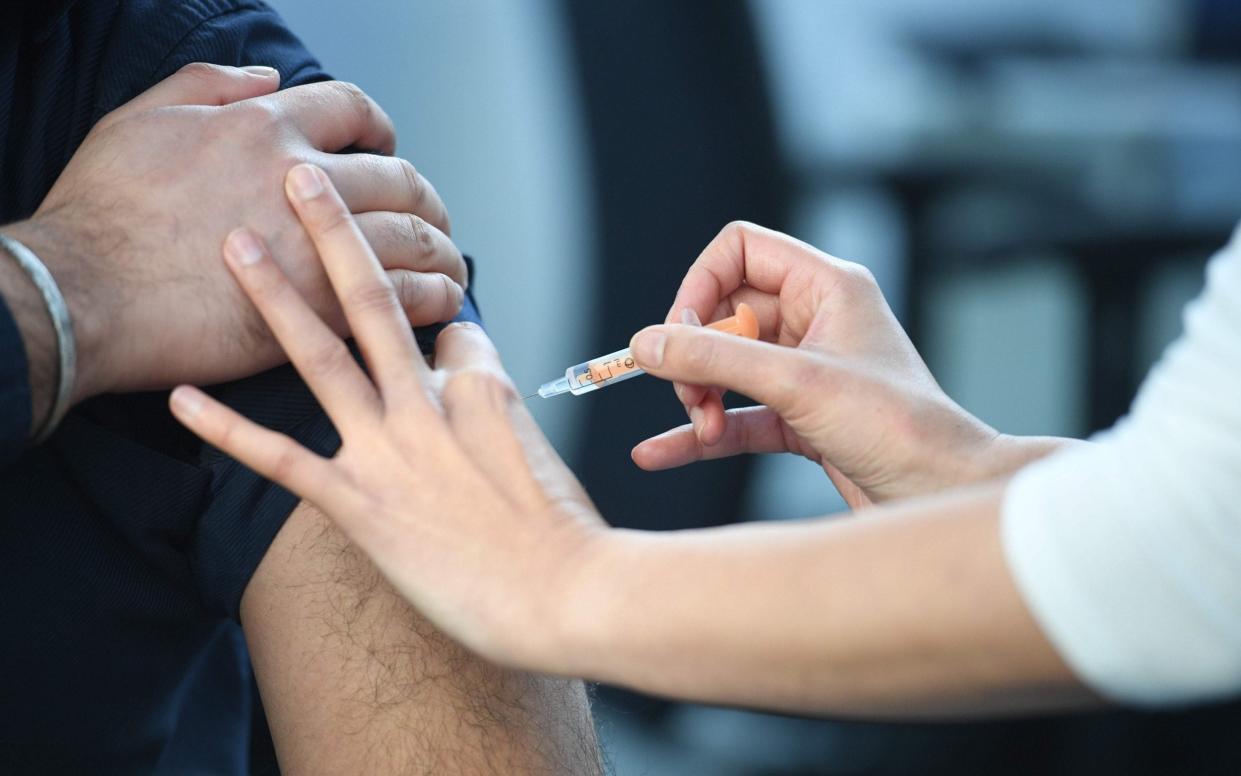Surge in lockdown household mixing after ‘all vulnerable groups were vaccinated’

Household mixing rose rapidly after the Government announced that the four groups most at risk from Covid had been vaccinated, a study has suggested.
Research from the University of Leeds showed that in early February, mixing was about 30 per cent below pre-pandemic levels, but rose to roughly 10 per cent above normal levels from the middle of the month.
On February 14, the Prime Minister announced that Britain had reached a milestone in offering Covid vaccinations to 15 million people in the four groups who were the most vulnerable to coronavirus.
Although the country was still in lockdown, the new figures suggested that households began to change their habits once they believed the country was safer.
Researchers used anonymised mobile phone data to assess more than one million people’s movements during the pandemic.
‘Dwindling number of people following rules’
Prof Ed Manley, from the University of Leeds, said: “We saw this large increase in February 2021 as vaccinations rolled out. Mid-February marked the point at which the most vulnerable four groups had their first vaccine.
“And it seems to suggest that people started to relax a little bit more, despite the continuing rules in place to prevent indoor mixing, and continue to increase in the amount of mixing.”
The study also showed that lockdown fatigue may have contributed to a dwindling number of people adhering to the rules.
When the second and third lockdowns were announced, people reduced contacts to a much lesser extent than during the first lockdown in March 2020.
The research was published in the journal Scientific Reports.

 Yahoo News
Yahoo News 
